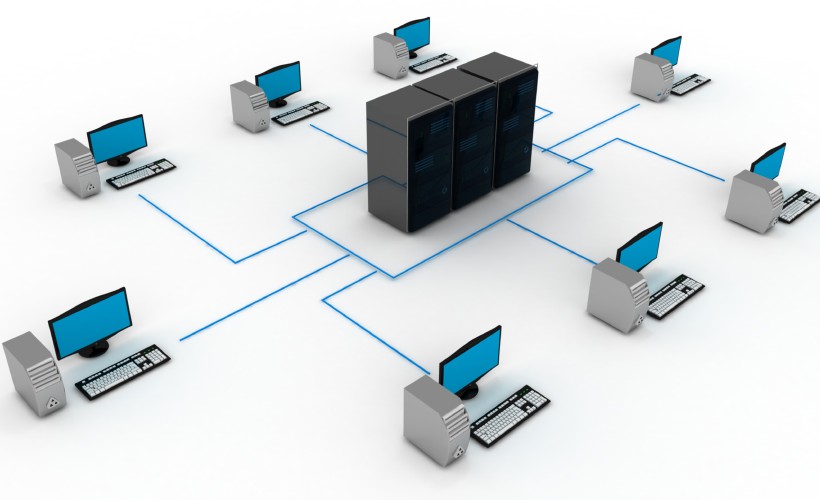3 Reasons Why Companies Overpay for Nonlinear Analysis Software
Companies of all sizes dedicate sizable resources to structural analysis software in order to predict the real-world behavior of their designs. But nonlinear analysis presents a variety of challenges that engineers must solve in order to accurately model a product’s performance. By producing accurate simulation results, you can increase profits by optimizing your designs, reduce physical testing and redesign cycles, and get new and improved products to market faster than the competition.
When looking for potential options for nonlinear analysis software, companies focus on product capabilities, but often overemphasize the importance of features that are rarely used. If this is the only consideration, there are a few pitfalls that can turn a potentially prudent technology investment into a simulation money pit.
The good news? Whether you’re looking to make your first purchase of a nonlinear analysis tool or you’ve been using the same tool for years, it’s not too late to adjust your approach to get the most bang for your nonlinear buck.
Pitfall #1: Your software spend is not right-sized for actual usage

If you regularly have a short commute to work but occasionally fly across the country for a holiday, you wouldn’t buy a helicopter as your primary mode of transportation. The same principle applies when considering software licensing. If you buy only for your absolute peak expected usage, much of that investment will be collecting dust between times of high-volume usage. If you have five users, but only three use nonlinear analysis full-time, buying five seats of software will inevitably lead to two of your expensive licenses regularly sitting on the shelf.
Lease agreements enable companies to flexibly increase or decrease their license count as the needs of the business change. It also allows for exploration of alternative solutions without the worry of sunk cost associated with paid-up and maintenance license models.
Pitfall #2: You don’t leverage unique licensing approaches
Vendors that offer flexible licensing schemes allow you to fit your investment to the requirements of your engineers without introducing unnecessary bottlenecks when greater access or compute power are needed.
Consider vendors that offer floating licenses which can be shared amongst various users within a group or throughout your organization. The flexibility these licenses offer compared to node-locked licenses allow you to purchase fewer total seats of software that can be accessed and shared amongst multiple users.
Token-based licensing models offer additional value. Rather than buying software licenses individually, you purchase a shared pool of recyclable tokens that can be used for nonlinear analysis or other CAE technologies offered by that vendor. When your job is done, the tokens return to the pool for another simulation or for other users to access. When the software spend with a vendor is diversified to cover multiple physics solvers, preprocessing tools and other engineering simulation needs, this flexibility ensures your software licenses are consistently being utilized and enables you to leverage volume discounting offered by the vendor.
One word of caution with token-based models — avoid systems that discourage or prevent outside software from working within your CAE processes. Invariably, there will be users who need specialized technology from a variety of vendors, so seek out open-architecture solutions to allow third-party applications to work in harmony with your standardized tools.
Pitfall #3: You don’t consider HPC as part of your software negotiation
The concept of right-sizing for regular usage also applies to solver job computing. Nonlinear analyses are often compute-heavy simulations, and high-performance computing (HPC) helps to speed up analysis times and enable more robust design of experiment and optimization studies. But many small businesses still see HPC as prohibitively expensive in terms of both capital expense and IT resources. In actuality, HPC is not just reserved for OEMs anymore. Options like on-premises starter nodes and virtual compute clusters require little setup and administrative work at a price point that won’t break the bank.
Cost predictability and flexibility are imperatives for any IT team. Rather than incur the upfront costs and ongoing maintenance of purchasing HPC infrastructure outright, some vendors now offer yearly and multi-year appliance lease options.
Companies that already leverage HPC sometimes exhibit irregular or unpredictable cadences of job submissions, which can have a choking effect on job scheduling efficiency, budget, and IT resources. If your company only requires extra compute power infrequently, scalable, pay-as-you-go virtual HPC appliance options will be more cost-effective than buying and managing additional dedicated compute clusters.
You may find savings by investigating vendors that offer both simulation software and HPC solutions. It also ensures that your appliance will be properly configured to optimally schedule and deploy CAE jobs.
Looking for a nonlinear software vendor who can satisfy your technology needs and your budget?
Altair OptiStruct™ is a modern solver technology that delivers the functionality that customers of traditional nonlinear implicit codes expect, including simulation of large displacements, material nonlinearity, and advanced contacts. Already the industry standard for optimization of topology, composites, mechanisms, and additive manufacturing, OptiStruct has evolved over the past three decades into a comprehensive linear and nonlinear analysis solution.
Altair’s flexible, value-based licensing model allows metered usage of Altair’s entire catalogue of CAE software including OptiStruct and a broad suite of other physics solvers. And as your computing requirements increase, Altair offers high-performance computing optimized for CAE, from cost-efficient turnkey starter nodes up to powerful enterprise-level solutions.
Want to learn more about nonlinear analysis with Altair OptiStruct? Visit altair.com/optistruct or schedule a meeting with an Altair expert to see how OptiStruct can fast-forward your nonlinear analysis processes.


